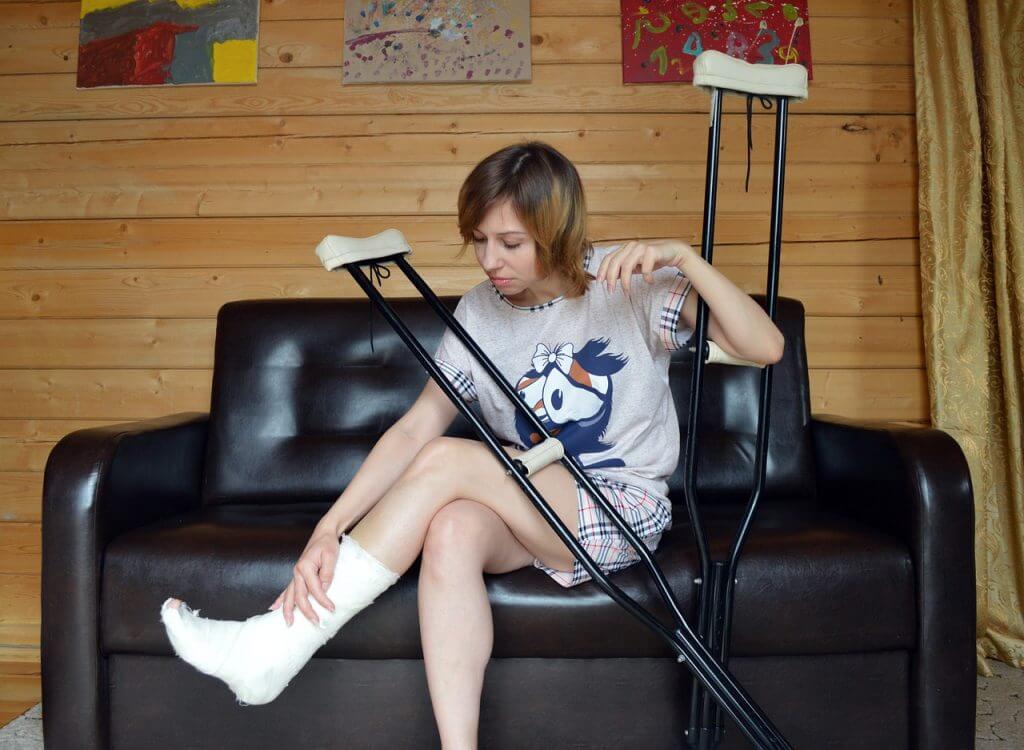ABSOLUTE ASCENDANCY
BUILD STRENGTH - ELIMINATE WEAKNESS - UNLEASH POTENTIAL
Get Stretched – Rehabilitation Techniques

Commencing operation . . .
Get Stretched – Rehabilitation Techniques
Overview
As a Koshiki Karate fighter, it will come as little surprise to you that I have suffered my fair share of sporting injuries over the years. I remember the first time I sprained my ankle, and how poorly I managed the injury, which made things far worse than they should have been. Looking back on it, I can only laugh at how a trained athlete knew not how to tend to a sprain. So today, I will discuss three rehabilitation techniques you can implement to get you back up and running.
Rule 1: Immediately stop physical activity when an injury has been sustained
So going back to my previous story, my first mistake was continuing to train on it, immediately after the sprain occurred. Adrenalin was running high, as we were doing some kumite training or sparring practice. After the initial pain spike, it felt manageable at the time, so I pushed on when I should have stopped, perpetuating the damage and time to full recovery.
Rule 2: Treat any internal injury as external and tape accordingly
It was late when I got home, so after showering, and a little bit of icing, I went to bed.
My second mistake.
In the case of an ankle sprain, I should have treated it as if it had been cut open, at the point where the joint rolled over and taped the ankle and foot to close the ‘wound’ and prevent movement which ‘would’ cause the wound to reopen.
That may sound confusing, but you can look up yourself how to tape an ankle sprain properly as it is difficult to explain in words.
Rule 3: Perform relevant rehabilitation exercises to support the body
Okay, I at least got this part right. Mostly anyway. The human body has multiple parts, but they all play a role in overall posterior stability and locomotion. What this means is that if one part of your body is weaker than the rest, be it due to injury or lack of strengthening the area, it impacts your entire body, as the load or work must be carried out by other parts of the body to compensate the weakened area. This can then lead to muscular breakdowns or imbalances due to areas overworked.
The solution for this rule is two-fold, and yes, you should do both when able. Firstly, you need to do exercises to strengthen the supporting areas which will need to work harder while you rehabilitate. In the case of my ankle, this meant spending time strengthening the other leg, but more importantly, my back.
Secondly, once the injury has healed to a reasonable extent, you need to start strengthening the damaged area. Nothing crazy but the sooner you can bring your body back into its natural holistic state, the better. Once I was able to get some movement back into my ankle, I started doing ankle flexes by pointing my toes as far up and down as I can, purely by rotating the ankle joint. Initially, I could barely get any movement, but as time passed, the movement gradually improved, and I was able to do more exercises with it until things normalised.
Post recovery, there may be a need to work the previously injured area more thoroughly to restore equilibrium throughout the body.
Conclusion
Below is a list of injuries I have suffered throughout my life, the majority through my sporting ventures but not all.
- Sprained both ankles
- Popped knee
- Bruised heel bone
- Chronic lower back pain
- Broken arm
- Sprained wrists
- Sprained fingers
In many of those cases, I’ve had to take time off from training which is basically salt to the wound. Getting benched sucks big time. Truthfully, I hope you never have to end up using any of the rehabilitation techniques listed in this article, but if the worst case happens, then I hope they serve you well.
Mission complete – Overlord Drakow signing out.